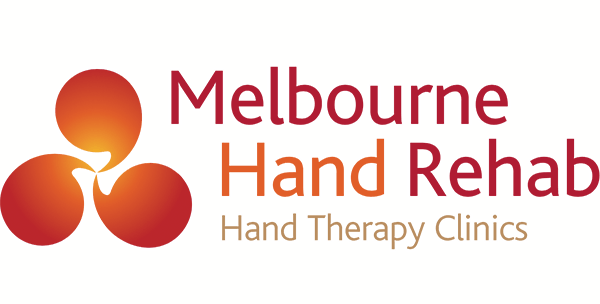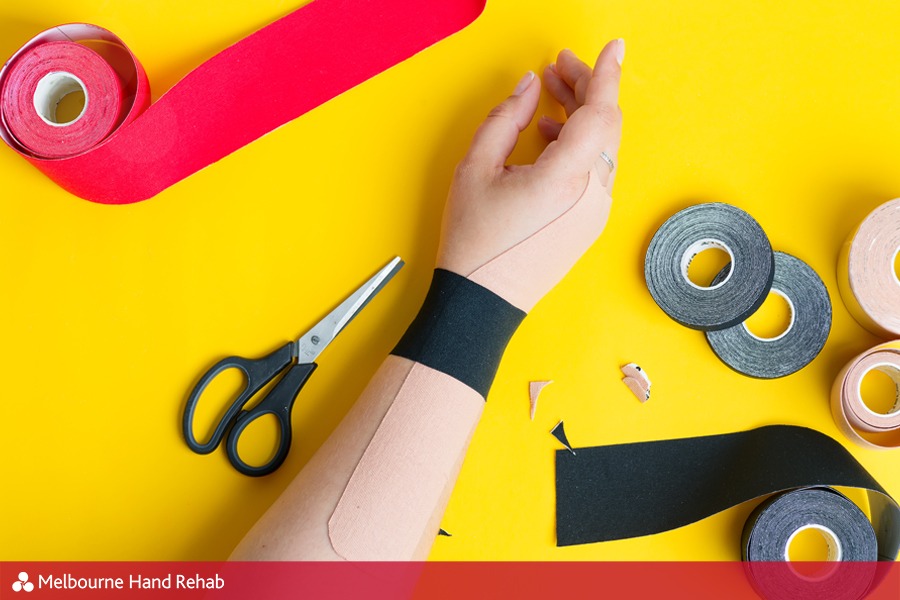
26 Aug Sports taping
The benefits of sports taping and what you need to know
Sports often involve unpredictable environments, forceful contact and potential falls. If you have an injury that is still healing, these factors can risk further aggravation, delayed recovery and having to take additional time off.
Taping is a fast and easy way of supporting your injury during late-stage rehab to minimise these risks and facilitate a safe return to sport – keeping you doing what you love while staying safe.
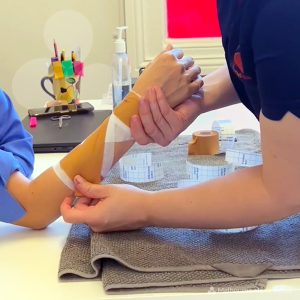
Sports taping can help to support an injured area alongside rehab with your hand therapy practitioner, who will create a treatment plan that is specific to your injury and lifestyle.
How long should you tape for?
Taping duration depends on your sport, injury type and time since injury.
For acute injuries such as a finger fracture, you may only need to tape for several weeks after the fracture has healed while the surrounding muscles regain their strength and stability.
For chronic injuries that require long-term rehab such as tennis elbow or wrist instability, you may need to tape for several months to maintain joint awareness and prevent further flare ups.
Types of tape
There are various types of tape that you can use depending on your situation and needs
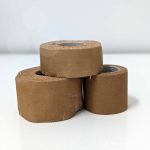
Rigid sport tape
- Tough and durable – suitable for large joints and vigorous sports
- Can cause irritation for sensitive skin
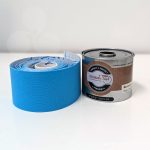
Kinesiology tape
- Has elastic stretch – provides joint proprioception and tendon offloading
- Can cover large surface area such as the shoulder and elbow
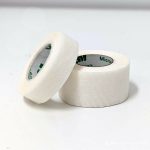
Paper tape
- Light weight and skin friendly
- Good for smaller joints such as fingers
Taping techniques
There are also various taping techniques you can use depending on your injury

Buddy taping
Suitable for finger injuries such as fractures and ligament injuries
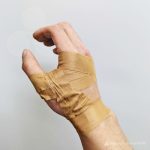
Thumb taping
Good for ligament injuries such as skier’s thumb
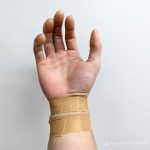
Wrist taping
Can be used for TFCC injuries and wrist instability

Elbow taping
Suitable for elbow instability/dislocation
If you’d like to find out more about sport taping, you can book in with me online or by phone.
If you are experiencing finger, hand, wrist or shoulder pain, don’t hesitate to get in touch. We’d love to help you.
BOOK AN APPOINTMENT
For more information, call us directly on 03 9458 5166
You might also be interested in:
- Common rock climbing injuries
- I hurt my finger playing sport – when should I see a hand therapist?
- Finger Dislocation
- Hand Therapy Week – sports guard a winner
- Video: Ulnar sided wrist pain taping technique for sports
First aid for finger injuries
To make it easy for you to remember how to care for your fingers and wrist whilst on the field or court, here is a First Aid for Finger Injuries card that you can download for easy reference.
